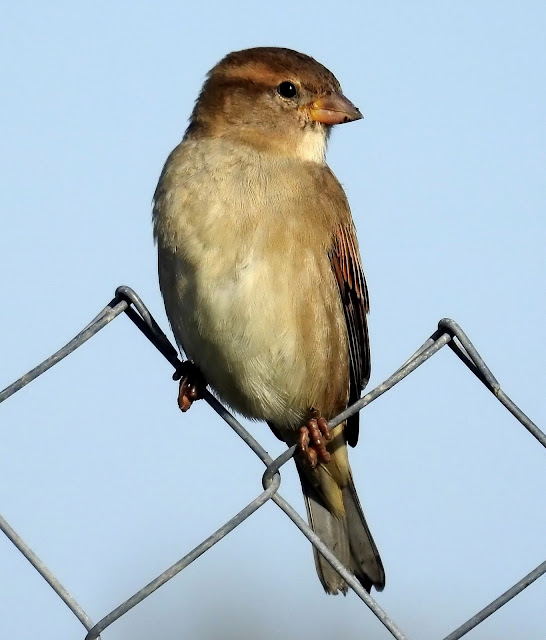The White Wagtail (Motacilla alba) is a small, elegant passerine bird, a member of the family Motacillidae, which includes pipits and longclaws. This slender bird measures between 16.5 to 19 cm in length, with East Asian subspecies reaching up to 21 cm. It is characterized by its long, constantly wagging tail, a behavior that has become synonymous with the genus. Weighing an average of 25 g, the White Wagtail can live up to 12 years in the wild.
Adult White Wagtails exhibit a distinctive plumage with a combination of grey, black, and white. The bird's upper parts are generally grey, with a white face, belly, and breast. Males during the breeding season may show a darker back, and the species is known for its sharp, brisk call and more melodious song during courtship.
The White Wagtail is commonly found in open country, often in close proximity to human habitation and water sources. It shows a preference for bare areas which facilitate the sighting and pursuit of prey. This bird has adapted well to urban environments, utilizing paved areas such as parking lots for foraging.
This species has a vast breeding range across Europe, the Asian Palearctic, parts of North Africa, and has a presence in Alaska. It is a migratory bird, with populations moving to Africa and parts of Asia during the winter. In Great Britain and Ireland, the darker subspecies known as the Pied Wagtail is more prevalent.



%20(Passer%20domesticus)%2020.jpg)



%2020.jpg)






%2020.jpg)




%2020.jpg)






%2020.jpg)
%2020.jpg)
%2021.jpg)

%2021.jpg)
%2022.jpg)
%2023.jpg)





%20(Aythya%20nyroca)%2019.jpg)
%20(Aythya%20nyroca)%2020.jpg)
%2020.jpg)